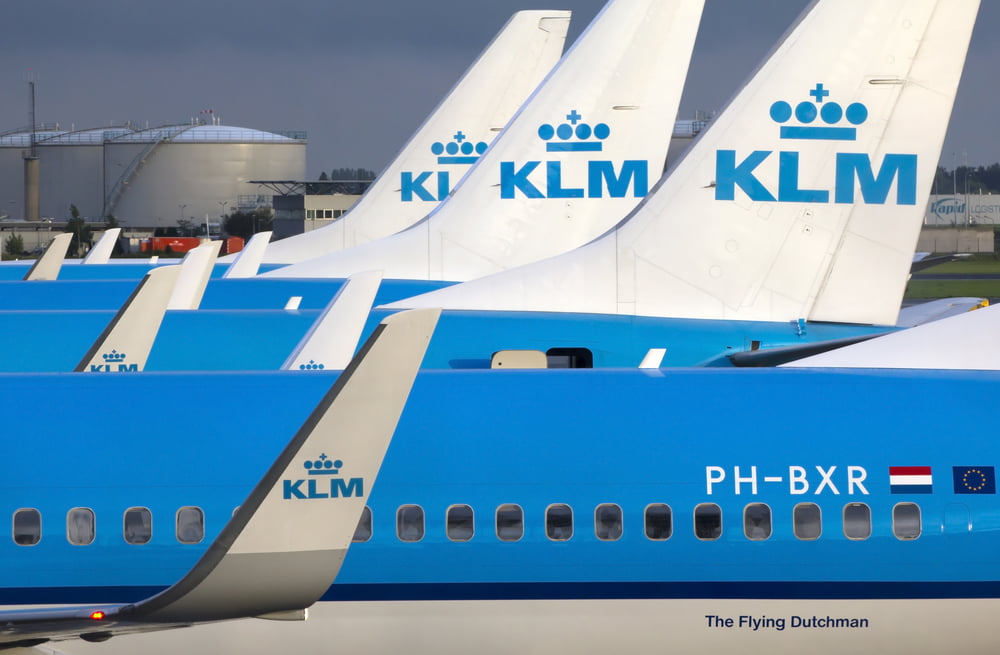The decision of the Dutch government to shrink Schiphol is dramatic for KLM.
Due to staffing problems at Schiphol, all airlines have a maximum number of passengers departing from Amsterdam in July and August. So also for KLM. That maximum varies from day to day. In order to meet this requirement, KLM is limiting the sale of tickets and will also cancel a number of flights on a limited scale. KLM emphasizes that forcibly restricting travelers at Schiphol Airport cannot be a structural solution.
With these steps, KLM expects to stay within the agreed numbers of departing passengers. This allows us to provide clarity to our customers, despite the ongoing operational challenges at Schiphol. This way, passengers who have already booked do not have to worry about whether their journey can continue.
KLM passengers whose flight is canceled will be offered an acceptable alternative. In most cases this will mean a flight on the same day, or as close as possible to the day of the original booking. Travelers affected by this will be personally informed as soon as possible. Passengers do not need to contact KLM for this; they receive this information automatically from KLM or their travel agent.

The decision by the Dutch government to downsize Schiphol is dramatic for KLM and for the accessibility of the Netherlands, while the desired impact on climate and quality of life is not being achieved. It is at odds with the coalition agreement on three points: preserving the strong hub function for the Dutch economy, a stable and predictable business climate and quality of life and climate.
KLM is investing billions in a more sustainable fleet, in accordance with agreements with the government. These are long-term investments. In doing so, we must be able to rely on a stable policy. The perspective offered was 540.000 aircraft movements. Going back to 440.000 equates to a 20% reduction. This contraction is enforced without prior notice and without good substantiation. Apart from the announcement today, KLM has not yet seen anything on paper or elaborated. We are waiting for that. In the meantime, KLM will consider possible steps.
KLM's network connects the Netherlands with virtually all major economic regions in the world. This is important because the Netherlands is an international trading country and because accessibility is a decision factor for international companies that establish themselves in Europe. That is why the government mentions the importance of a strong hub function in the coalition agreement and has previously decided to support KLM with loans during corona, given the importance of the KLM network for the Dutch economy. Such a substantial reduction in the number of flight movements undermines that hub function.
The global demand for mobility continues and continues to develop. People want to continue flying to areas that cannot be reached (smoothly enough) by car or train. If KLM has to fly less, travelers will choose the same destination via other (more inefficient) routes. The environmental impact remains the same. KLM believes that the government should push for sustainability measures that do have an effect, such as stimulating the production of Sustainable Aviation Fuel (SAF) and realizing the Single European Sky, which would mean a 10% CO2 reduction.
The coalition agreement also states that the cabinet “a stable and predictable business environment” wants to offer and strives for “reducing the negative effects of aviation on people, the environment and nature.” Shrinkage at Schiphol will have the opposite effect. International companies are turning their backs on the Netherlands. Transport flows are moving, resulting in the same or higher CO2 emissions. Moreover, this does not solve the Dutch nitrogen problem, because aviation is responsible for only 1 percent of nitrogen deposition.
The decision also means a return to the old system to measure the noise. This old system is based on enforcement points with a total noise limit. Once this is reached, the airline has to use a different runway, which means flying over an area where more people are affected. The runways with more local residents (the Buitenveldert and Zwanenburg runways) will then be used more often in order to stay within the limit values. With fewer flight movements, however, more residents in the vicinity of Schiphol are burdened. This is of course totally illogical.



